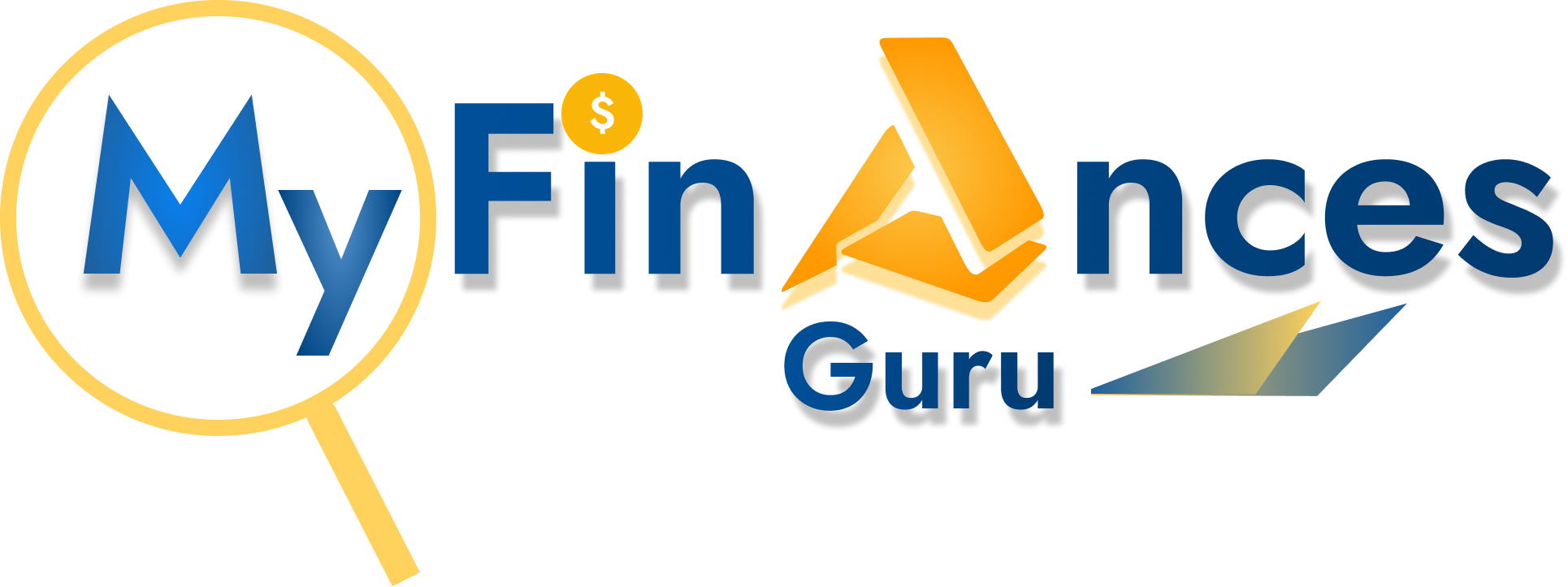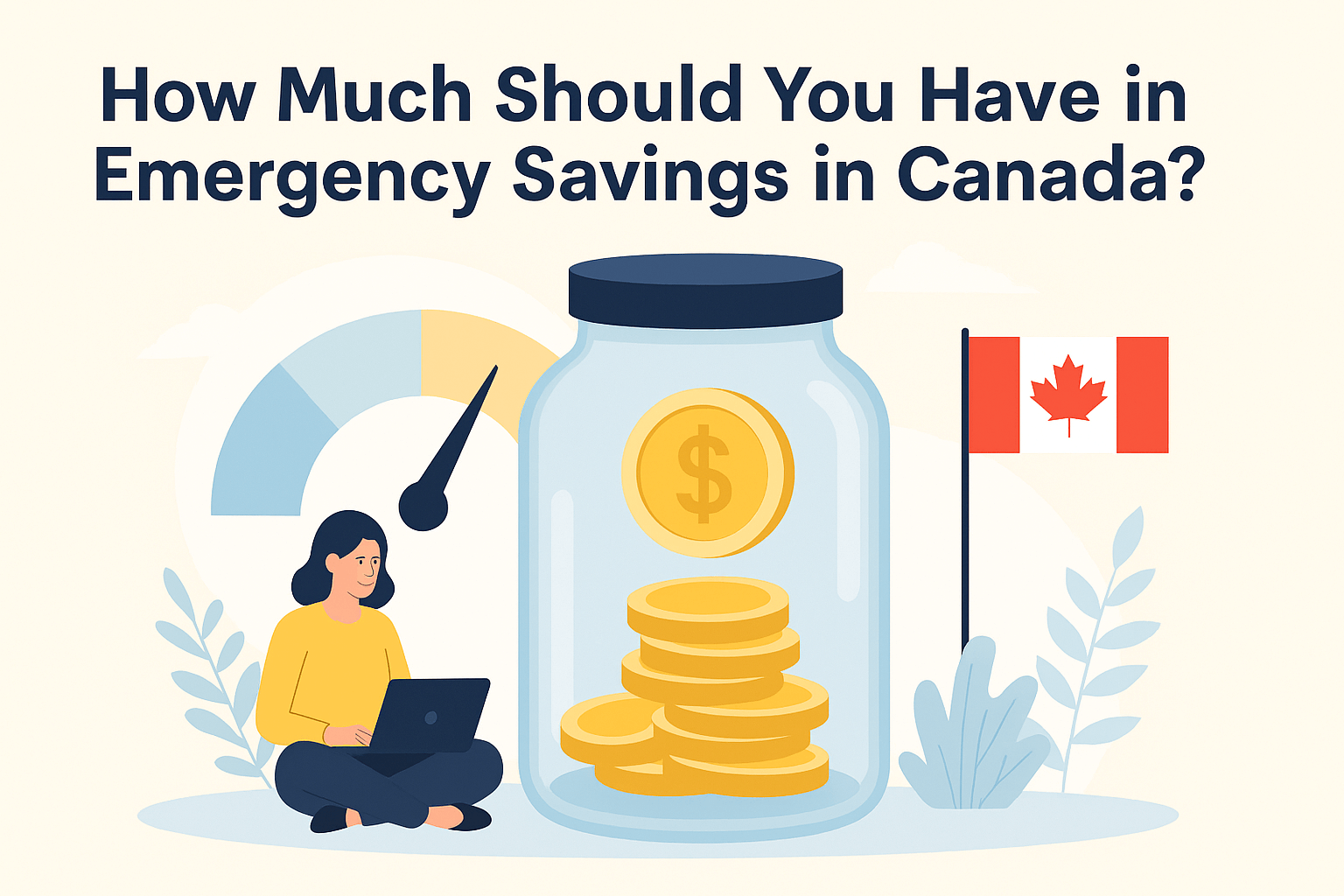How Much Should You Have in Emergency Savings in Canada?
Life is unpredictable. Whether it’s a sudden job loss, medical emergency, or unexpected home repair, having emergency savings in Canada can make the difference between staying afloat and falling into debt.
But how much is enough?
There’s no one-size-fits-all number, but we can help you calculate a target that fits your life and financial situation. In this guide, we’ll break down how much emergency savings Canadians should have, how to build it, and smart strategies to protect your financial future.
What Is Emergency Savings?
Emergency savings is money set aside to cover unexpected expenses or financial disruptions. This is not the same as your vacation fund or savings for a car. It’s meant to protect you from:
- Sudden income loss (e.g. layoff)
- Emergency travel
- Car or home repairs
- Health emergencies not covered by insurance
- Major life changes (divorce, death in the family)
Your emergency savings in Canada should be accessible (e.g., in a high-interest savings account), not invested in the stock market or tied up in long-term GICs.
Recommended Amount for Emergency Savings in Canada
The General Rule:
Most financial advisors in Canada recommend 3 to 6 months’ worth of essential living expenses.
But what does that actually mean?
If your monthly essential expenses (rent/mortgage, groceries, transportation, utilities, insurance) are $3,000, your target should be:
- 3 months: $9,000
- 6 months: $18,000
This range gives you a cushion to deal with most financial setbacks. However, your ideal amount depends on your situation.
Factors That Influence How Much Emergency Savings You Need
1. Job Stability
- Government or tenured employees may be fine with 3 months of savings
- Freelancers, self-employed, or contract workers should aim for 6–9 months
2. Number of Dependents
- Parents with kids need a bigger cushion than single adults
- Consider childcare, medical needs, and family emergencies
3. Health Coverage
- If you don’t have employer benefits, set aside extra for medical emergencies
4. Debt Load
- High monthly debt payments = more savings needed to stay afloat during a crisis
5. Homeownership
- Homeowners should budget for repairs, property tax, and insurance deductibles
Emergency Savings for Different Income Levels
Here’s a rough guideline based on monthly income:
| Monthly Net Income | 3-Month Emergency Fund | 6-Month Emergency Fund |
|---|---|---|
| $2,500 | $7,500 | $15,000 |
| $3,500 | $10,500 | $21,000 |
| $5,000 | $15,000 | $30,000 |
| $7,000 | $21,000 | $42,000 |
Tip: Focus on essential spending, not full income. Calculate based on rent, food, and must-pay bills.
How to Build Emergency Savings in Canada
Building emergency savings doesn’t happen overnight. Here are proven strategies for Canadians:
1. Automate Your Savings
- Set up an automatic transfer to a high-interest savings account each payday
- Start with $50–$100/month and increase over time
2. Open a Separate Account
- Use a dedicated account with a bank like EQ Bank, Tangerine, or Simplii
- Keeps the money out of sight and harder to spend
3. Cut Small Expenses
- Cancel unused subscriptions
- Eat out less often
- Use grocery cashback apps (like Checkout 51)
4. Use Tax Refunds or Bonuses
- Redirect windfalls to your emergency savings in Canada instead of spending them
5. Sell Unused Items
- Facebook Marketplace, Kijiji, or Poshmark can help boost your savings quickly
Where Should You Keep Emergency Savings in Canada?
You want your money to be accessible but still earn interest. The best places include:
- High-interest savings accounts (HISAs) — EQ Bank, Neo Money, Tangerine
- Tax-Free Savings Account (TFSA) — Use only if you don’t risk market loss
- Money market accounts — Low-risk and liquid, but usually lower rates
Avoid:
- GICs with locked-in terms
- Investment accounts with market risk
- Chequing accounts with no interest
What Not to Do With Your Emergency Fund
- Don’t invest it in stocks — market dips can wipe out savings when you need it most
- Don’t mix it with other savings goals — keep it separate from vacations, gifts, or a down payment
- Don’t use credit as a backup — credit cards come with high interest and repayment risk
Emergency Fund vs. Credit: Why It Matters
Relying on credit cards or lines of credit during emergencies can spiral into long-term debt. Unlike credit, an emergency savings fund provides:
- Immediate access without repayment pressure
- No interest charges
- Financial peace of mind
Building emergency savings in Canada is especially important with rising living costs and inflation.
Common Emergencies to Plan For
- Job loss
- Major dental or medical bills
- Car breakdowns or accidents
- Family emergencies
- Natural disasters (e.g., flooding)
- Home repairs (plumbing, furnace, roof)
FAQs
1. Is 3 months of emergency savings enough in Canada?
It depends on your job security and lifestyle. Freelancers may need more.
2. Should I keep emergency funds in a TFSA?
Yes, if you’re using a cash or HISA TFSA—not investing it in the market.
3. Can I use my emergency savings to pay off debt?
Only if you also have a plan to rebuild it quickly. Don’t leave yourself unprotected.
4. How fast should I build my emergency fund?
Aim to save it within 6–12 months, but any progress is better than none.
5. What happens if I never use it?
Great! Emergency savings is like insurance—you hope not to use it, but it’s there if you need it.
Final Thoughts
Emergency savings in Canada isn’t just a financial recommendation—it’s a form of personal insurance. It offers you breathing room in tough times, confidence in uncertainty, and flexibility when life throws a curveball.
Start small, be consistent, and focus on essential expenses. Whether it takes a few months or a few years, building your emergency savings is one of the smartest financial moves you can make.
Need help planning your budget or saving strategy? Contact a certified financial planner or a non-profit credit counselling agency in your province for free support.
Stay safe. Stay prepared. Start today.


